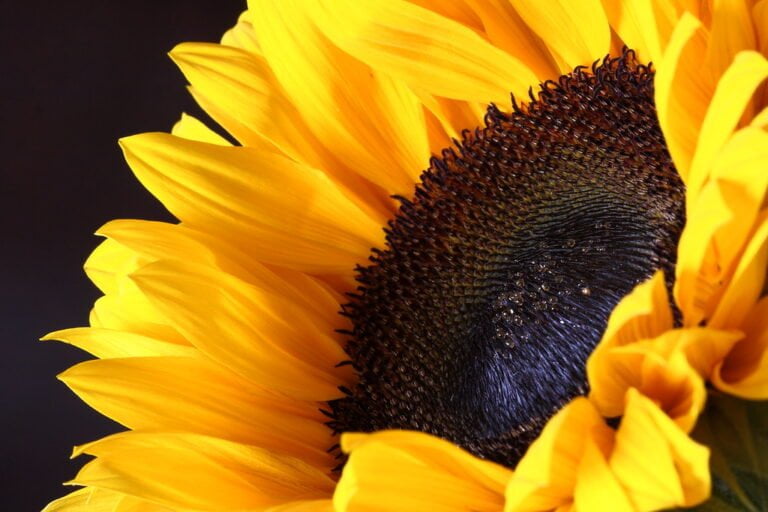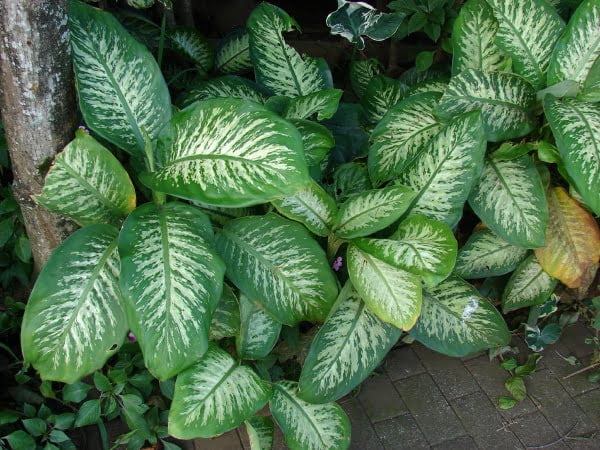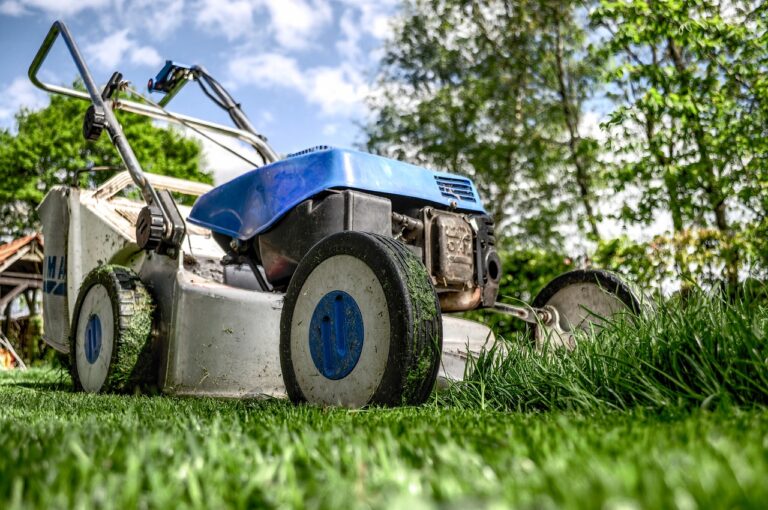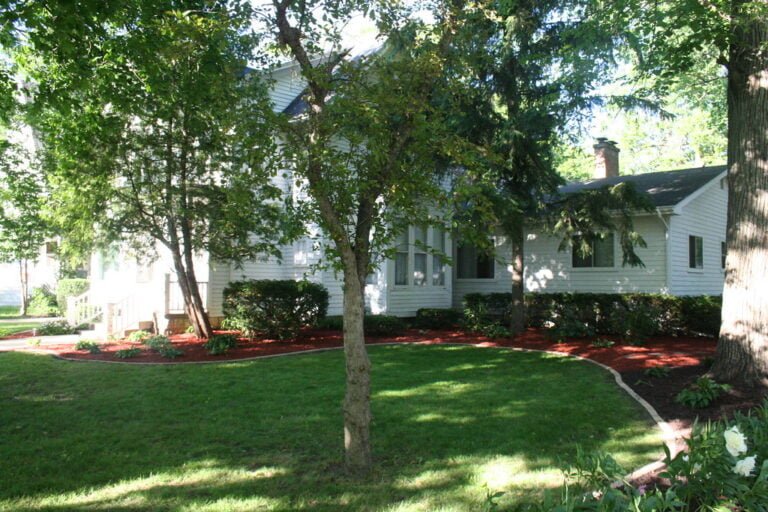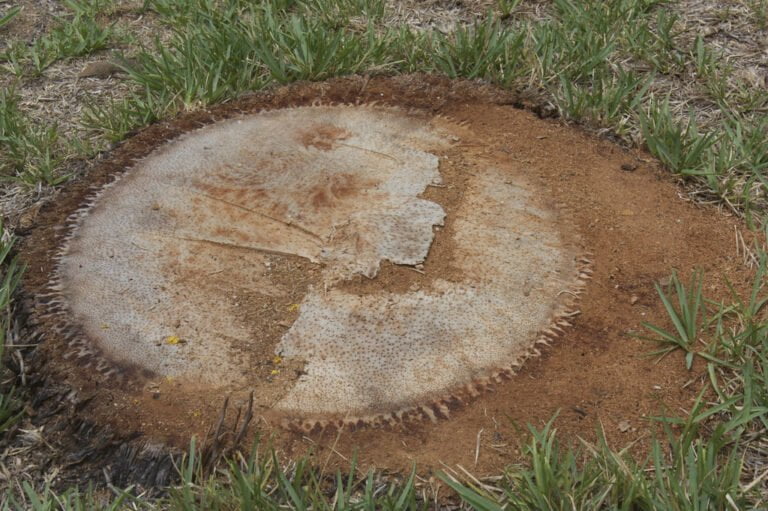Choosing the Best Flowering Vines for Shaded Areas
Are you looking to add some color and life to the shaded areas of your garden? Well, look no further! In this article, we'll guide you through the process of choosing the best flowering vines for shaded areas. You'll learn about the importance of shade-tolerant vines, factors to consider in your selection, and even discover some lesser-known options that will thrive in the shadows. Get ready to transform your shaded garden into a vibrant oasis!
Importance of Shade-Tolerant Vines
You should prioritize shade-tolerant vines because they thrive in low-light conditions and can add beauty to your shaded areas. These vines are ideal for areas of your garden that receive limited sunlight, such as under trees or along north-facing walls. Shade-tolerant vines have adapted to grow in the shade, making them more resilient and low maintenance. They can provide lush greenery and colorful blooms, brightening up even the darkest corners of your garden. Some popular shade-tolerant vine options include the Boston ivy, which displays vibrant red foliage in the fall, and the climbing hydrangea, known for its stunning white flowers. By choosing shade-tolerant vines, you can transform your shaded areas into visually appealing and vibrant spaces.
Factors to Consider in Choosing Flowering Vines
When selecting flowering vines for shaded areas, it is important to consider various factors. Firstly, you need to assess the amount of shade in the area. Some vines thrive in partial shade, while others require full shade. Consider the height of the vine as well, as taller varieties may need support structures such as trellises or arbors. Another crucial factor is the soil type and moisture level in the shaded area. Make sure to choose vines that are compatible with the soil conditions and can tolerate varying levels of moisture. Additionally, consider the blooming season of the vine to ensure that it aligns with your desired flowering period. Lastly, think about the maintenance requirements of the vine, including pruning, watering, and fertilizing, to ensure that you can provide the necessary care. By considering these factors, you can select the best flowering vine for your shaded area.
Native Vines for Shaded Gardens
Consider native vines for shaded gardens that thrive in your specific climate and provide natural beauty to your outdoor space. Native vines are a great choice for shaded areas because they are well-adapted to the local environment and require less maintenance. When selecting native vines, it's important to consider factors such as the amount of sunlight, soil conditions, and moisture levels in your garden. Some popular native vines for shaded gardens include Virginia Creeper, Carolina Jessamine, and Trumpet Vine. Virginia Creeper is known for its vibrant red foliage in the fall, while Carolina Jessamine produces beautiful yellow flowers in the spring. Trumpet Vine, on the other hand, attracts hummingbirds with its trumpet-shaped blooms. By choosing native vines, you can create a stunning and low-maintenance garden that supports local wildlife and adds natural beauty to your outdoor space.
Climbing Roses for Shaded Areas
For optimal results in shaded areas, consider planting a few climbing roses that thrive in low-light conditions. Climbing roses are a beautiful addition to any garden, and they can bring life and color to even the darkest corners. When choosing climbing roses for shaded areas, it is important to select varieties that are known for their ability to tolerate low light conditions. Some popular choices include "New Dawn," "Zephirine Drouhin," and "Climbing Iceberg." These roses have been bred specifically for their ability to thrive in shady areas, and they will reward you with stunning blooms year after year. Remember to provide adequate support for your climbing roses, such as a trellis or arbor, to ensure they have something to cling to as they grow. With the right care and attention, your climbing roses will flourish in even the shadiest parts of your garden, adding beauty and fragrance to your outdoor space.
Best Clematis Varieties for Shade
To find the best clematis varieties for shade, you should focus on selecting those known for their ability to thrive in low-light conditions. Clematis is a popular choice for adding vertical interest and vibrant colors to shaded areas. When choosing a clematis variety, look for those that are labeled as shade-tolerant or shade-loving. Some excellent options include Clematis 'Henryi', which produces large, white flowers that bloom from June to September, and Clematis 'Nelly Moser', known for its stunning pink and white blooms. Another great shade-tolerant variety is Clematis 'Jackmanii', which boasts deep purple flowers that bloom from summer to early fall. Remember to provide proper support for your clematis vines, such as a trellis or arbor, and ensure they receive adequate moisture and well-drained soil. With the right choice of clematis variety and proper care, you can enjoy beautiful blooms even in shaded areas.
Shade-Loving Honeysuckle Vines
One popular choice for shaded areas is the shade-loving honeysuckle vine. If you have a shaded garden or a wall that doesn't receive direct sunlight, this vine can add beauty and fragrance to your space. The shade-loving honeysuckle vine, also known as Lonicera japonica, is a versatile plant that can thrive in partial to full shade conditions. It produces clusters of sweet-smelling flowers in shades of white, yellow, or pink, which attract pollinators like butterflies and hummingbirds. This vine can be trained to climb on trellises, fences, or walls, making it a great option for vertical gardening in shaded areas. With its vibrant blooms and ability to tolerate shade, the shade-loving honeysuckle vine is a wonderful addition to any shaded garden or outdoor space.
Unique Features of Shade-Tolerant Wisteria
Wisteria, a shade-tolerant vine, offers unique features that make it a standout choice for shaded areas. This beautiful vine not only thrives in low light conditions but also adds a touch of elegance to any garden or outdoor space. One of the most striking features of shade-tolerant wisteria is its cascading blooms. These delicate flowers hang gracefully from the vine, creating a stunning visual display. Additionally, wisteria vines have a vigorous growth habit, allowing them to quickly cover walls, trellises, and pergolas, providing much-needed shade in those areas. Another unique feature of shade-tolerant wisteria is its ability to attract pollinators such as bees and butterflies, making it a beneficial addition to any garden ecosystem. With its unique features and adaptability to shade, wisteria is a fantastic choice for those looking to enhance their shaded areas with natural beauty.
Shade-Adaptable Trumpet Vines
If you're looking to add more variety to your shaded areas, consider the shade-adaptable trumpet vines. These versatile vines are a great addition to any garden, as they can thrive in both full sun and partial shade. Trumpet vines have beautiful trumpet-shaped flowers that come in a range of colors, including red, orange, and yellow. They are known for attracting hummingbirds and butterflies, making them a perfect choice for nature lovers. Trumpet vines can grow up to 30 feet tall, so they are ideal for covering fences, walls, or trellises. They are also low-maintenance and can tolerate a variety of soil conditions. With their vibrant blooms and ability to adapt to shade, trumpet vines are sure to bring life and beauty to your shaded areas.
Beautiful Shade-Tolerant Jasmine Vines
When choosing the best flowering vines for shaded areas, you should consider the beautiful shade-tolerant jasmine vines. Jasmine vines are a great choice for adding color and fragrance to your shaded garden or patio. These vines are known for their delicate white flowers that release a sweet scent, creating a soothing and relaxing atmosphere. Jasmine vines thrive in partial to full shade, making them perfect for areas that receive limited sunlight. They are also low maintenance and easy to grow, making them a popular choice for busy gardeners. Whether you want to cover a trellis, fence, or pergola, jasmine vines will add a touch of elegance to any shaded area. So why not bring the beauty and fragrance of jasmine into your shaded garden today?
Lesser-Known Flowering Vines for Shaded Areas
For a unique selection of flowering vines in shaded areas, consider exploring some lesser-known options. While popular choices like Jasmine and Honeysuckle are well-known for their ability to thrive in shade, there are other vines that can bring beauty and charm to your shaded garden. One such vine is the Climbing Hydrangea. With its delicate white flowers and lush green foliage, this vine can add a touch of elegance to any shaded area. Another lesser-known option is the Dutchman's Pipe. This vine produces unusual, pipe-like flowers that are sure to be a conversation starter. Lastly, the Chocolate Vine, with its cascading clusters of purple flowers and sweet fragrance, is a wonderful choice for those looking for something different. So, don't limit yourself to the usual suspects, explore these lesser-known flowering vines and create a stunning shaded garden.
Conclusion
In conclusion, when it comes to selecting flowering vines for shaded areas, it is important to consider shade-tolerant options that can thrive in low light conditions. Native vines, climbing roses, clematis, wisteria, trumpet vines, jasmine, and lesser-known varieties are all excellent choices for shaded gardens. By carefully considering the specific needs and unique features of each vine, you can create a beautiful and vibrant garden even in areas with limited sunlight.

